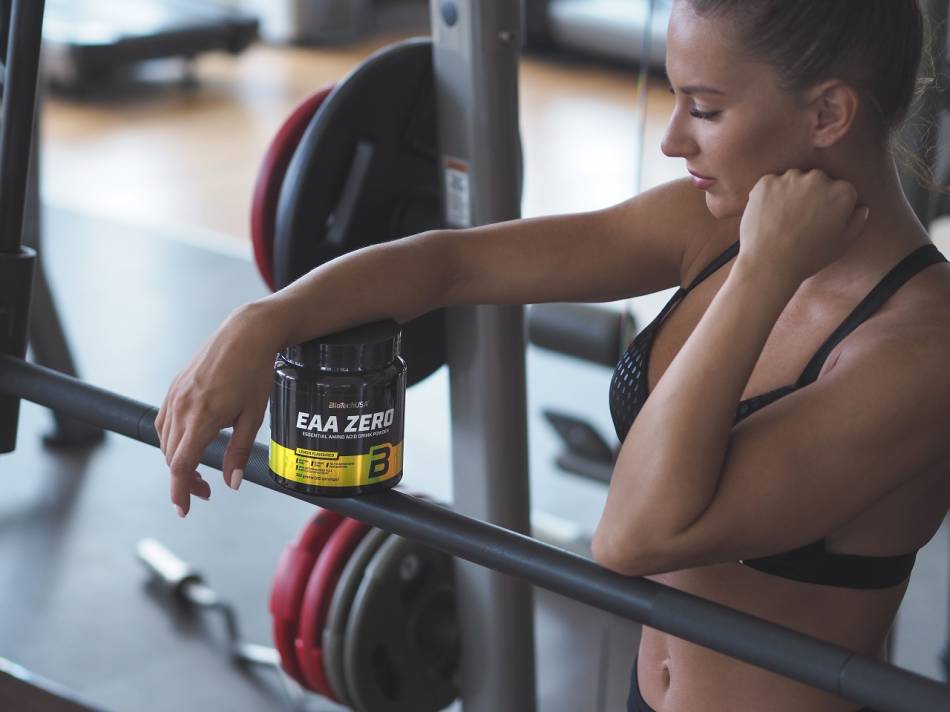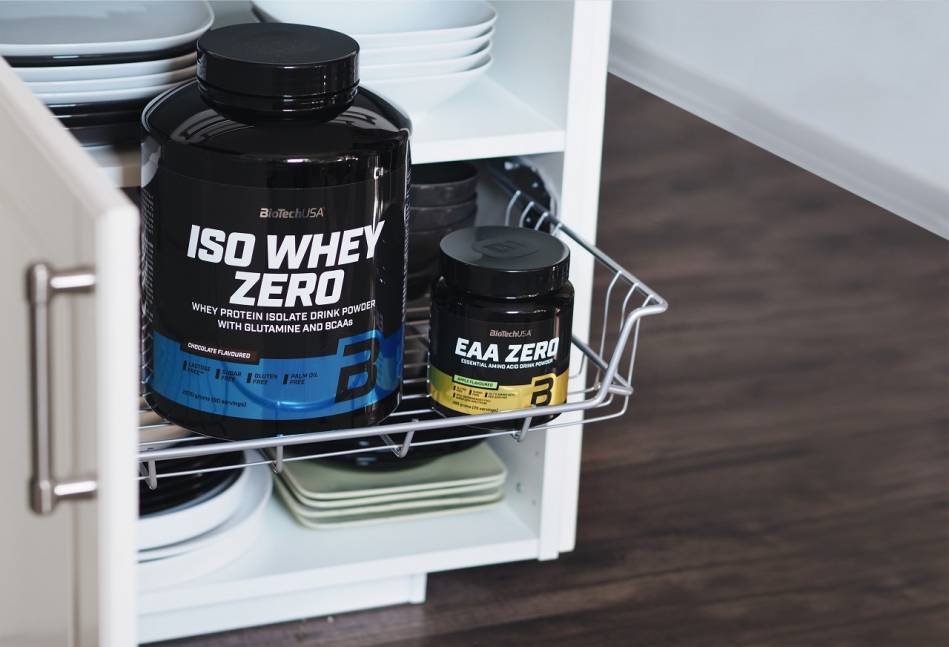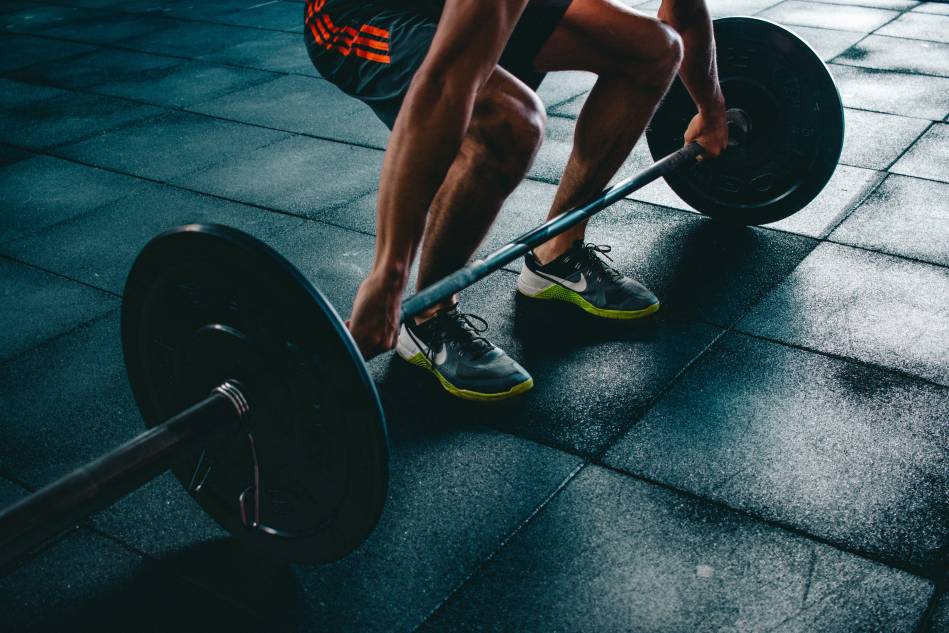
Amino Acids guide

Amino acids are the basic building blocks of the protein macronutrient, which performs many functions in the body. Some amino acids cannot be produced by the body, so it is essential to obtain them through nutrition. They are needed for digestion, organ function, muscle building, regeneration, wound healing, hormone and enzyme production, stimulation and many other processes. There are many amino acids that if you only miss one, it is enough to feel its effects, whether it is fatigue, digestive problems or a weaker immune system.
Every protein-containing food contains amino acids, because protein is made up of them. The body breaks down the protein into amino acids and then uses it for the necessary functions. Foods of animal origin, meat, dairy products are the richest sources of amino acids, but plant foods also contain them, although most of them are deficient. However, by combining several plant protein sources, we can already complete their amino acid stores. Exercise regeneration is a prerequisite for proper amino acid intake, which is not easy to ensure if you are not paying close attention to your protein intake at every meal, making sure it is enough for your weight fitness goals
That’s when nutritional supplements such as amino acid formulas come into play. The various amino acid formulas contain specific amino acid combinations that fit different types of physical activites. In this article you will learn more about these amino acid preparations and about amino acids in general.
What are Amino Acids?
Proteins are made up of amino acids. When you digest the protein, it is broken down into specific amino acids and then combined in various combinations to function the body. These combinations build and rebuild the skin, eyes, heart, intestines, bones and, of course, muscle. For muscle building and sports, it is important to provide the right amount of amino acids for your body to regenerate and develop. If you consume them in the form of an amino acid as a nutritional supplement, then obviously the body does not have to break it down to recreate it, but to get it in an immediately usable form.
|
Amino acids can be divided into two broad categories. There are essentials that must be provided to the body through nutrition because we cannot produce them. While non-essential amino acids can be produced by the body itself. |
Outside these two categories, it is important to mention the conditioned amino acids, which are basically non-essential, but become essential for special activities, as the body cannot produce them in sufficient quantities. Of the 20-22 amino acids required to build the protein, 8-10 are essential and must therefore be ingested. To do this, it is important to consume a sufficient amount of meat or, as a vegetarian, provide alternatives to it.
Amino acid tablets and powders can be a great help in this. Clearly, you can select the most important and necessary or even all of them according to your purpose. There are formulations that contain BCAAs, which include three amino acids: leucine, isoleucine, and valine; which play an important role in muscle building, along with other beneficial effects of BCAAs. Glutamine inhibits muscle breakdown, it is particularly recommended in nutrition-deficient diets or diets, and it also contributes to immune function. There are products specifically containing only essential amino acids, which may be abbreviated as EAA. Other special amino acids have benefits like providing energy, supporting fat metabolism, etc.

The role of amino acids in sport and toning down your muscles
Different amino acids have different functions in the body, and no matter what your goal is, whether you are losing weight, reducing stress, gaining weight, there is always an amino acid that will be particularly useful to you.
Weight gain and amino acids:
|
If your goal is to gain weight, it is clear that after hard workouts, you need amino acids to regenerate, and thus develop, your muscle fibers, as your muscle is made up of protein. |
In addition to your post-workout protein shake, it is advisable to consume BCAA and glutamine during weight gain, but you can also think of creatine, which energizes and assists in the production of Adenosine triphosphate (ATP), the most basic form of energy in your body’s cells.. Amino acids include arginine and HMB, which can also be useful during weight gain. With Glutamine Peptide you get your muscle mass up to speed with glutamine and BCAA 8: 1: 1 Zero feeds with the perfect combination of BCAAs.
Endurance sports and amino acids:
|
BCAAs are often used by athletes to delay fatigue and, of course, to help with muscle regeneration. |
One study found that leucine, a component of BCAAs, contributed to increased athletic performance. When you are in a stete of carbohydrate malnutrition, the body is happy to mobilize amino acids as energy. The BCAA’s Zero Amino Energy Drink also gives a little boost due to its caffeine content. The Glutamine Peptide is also practical during exercise, you don’t need to dilute it, just pour a couple of sips of water on it and you have already provided your body with the glutamine you need to ‘survive’ the intense exercise.
Amino acids for weight loss:
|
If you are aiming for weight loss, amino acids can help you avoid muscle breakdown due to low calorie intake and give you great energy if you’re in a state of lacking carbohydrates. |
There are also amino acids that help utilize fatty acids released during exercise. Many amino acid products are sugar-free, so feel free to consume them as part of your diet, such as BCAA Zero, Glutamine Zero, or if you prefer the two, we also recommend BCAA + Glutamine Zero, which contains two amino acids in a 1: 1 ratio. . Try the L-Carnitine 100,000 Liquid before your workouts and you’ll see how good you will feel during your workout while using fat stored in your body as a source of energy.

What amino acids are in dietary supplements?
Non-essential amino acids
1. ALANINE:
By keeping blood glucose levels low, alanine helps to provide cells with energy for both strength and endurance workouts. In stressful times, keeping your blood sugar at optimal levels becomes especially important. As a building block of protein, alanine also helps to minimize muscle tissue breakdown.
2. ARGININE:
Both physical and psychological stress and intense exercise can cause a measurable reduction in arginine levels. In addition, due to its protein synthesis and immune and nervous system strengthening effects, it is also known as growth hormone boosting agent, making it popular with those aiming to increase lean muscle mass or lose fat.
3. ASPARTIC ACID:
Aspartic acid is one of the 20 amino acids that make up the protein. Its role is to protect the central nervous system. It helps to avoid mood swings, preventing extreme nervousness and extreme calm.
4. GLYCINE:
Glycine is the most abundant of all amino acids in our body. It slows down the breakdown of muscle tissue and promotes regeneration. The glycine amino acid plays a multifaceted role in the body, including its growth hormone-boosting properties, the elimination of toxic substances from our body, such as lactic acid, and has a calming effect on our brain. Controls blood glucose levels and prevents ATP degradation, thus optimizing energy levels.
5. GLUTAMIC ACID:
As one of the most common amino acids and one of the main ‘nourishments’ of our brains, glutamic acid promotes brain activity. In some cases, it has a good effect on intelligence, and promotes mental alertness, clear thinking and mood.
6. PROLINE:
Proline is a non-essential amino acid that is found in large amounts in collagen tissues and is also involved in the construction of bones, skin and cartilage. It is especially important for the health of the joints and tendons. As long as you consume enough protein, you will not be deficient in proline.
7. SERINE:
Serine, a non-essential amino acid, is primarily required for the metabolism of fats and fatty acids. It is present in high concentrations in the cell membrane and promotes the production of immunoglobulins and antibodies and is therefore important for a healthy immune system.

Essential amino acids
1. PHENYLALANINE:
Phenylalanine, in the form of L-phenylalanine, can reduce stress, improve mood, memory and appetite, while D-phenylalanine acts mostly as an analgesic.
2. CYSTEINE
Cysteine a semi-essential proteinogenic amino acid that is produced when proteins are broken down. It is not an essential amino acid, which means it can be produced by the human body. Cysteine is a sulfur-containing, non-essential amino acid that helps maintain the body’s protein structure. It is also a constituent of glutathione and acts as a powerful antioxidant. Cysteine is found in most high-protein foods.
3. ISOLEUCINE:
Isoleucine, like other BCAAs, is used by athletes whose muscles are under extreme stress due to overload and want to help heal their damaged tissues, speed up recovery, prevent muscle breakdown and increase lean muscle mass.
4. HISTIDINE:
Histidine plays an important role in tissue growth and rebuilding and also contributes to the functioning of the central nervous system – reducing anxiety. It is also used as a vasodilator.
5. LEUCINE:
Prevents catabolism. Promotes growth hormone production and maintenance of testosterone levels. It increases the amount of energy available to the muscles. It plays a vital role in the functioning of the immune system, as well as in the protection, energy supply and regeneration of muscles.
6. LYSINE:
Lysine, an essential amino acid, promotes the formation and maintenance of muscle, bone, and other tissues, while also accelerating regeneration. It is widely known for its efficacy against herpes I and II and can be successfully used against some aging-related skin problems.
7. METHIONINE:
Methionine, one of the building blocks of proteins, is a powerful antioxidant that protects our body tissues from destructive free radicals – helps build muscle, prevents muscle breakdown, helps maintain skin elasticity and health, and strengthens, protects hair and nails.
8. THREONINE:
It is also needed to maintain an optimum nitrogen balance and to produce collagen and elastin in the skin. It also plays a role in the functioning of the liver and improves immune function by promoting the production of antibodies and supporting the growth and operation of the thymus. (Thymus: The gland located behind the sternum, which gradually regresses after puberty. It plays an important role in the functioning of the immune system).
9. TYROSINE:
Tyrosine has a potential brain-stimulating effect and has been shown to promote better mental performance – helping to concentrate and stay alert, and reduce stress and fatigue.
10. TRYPTOPHAN:
Tryptophan is one of the eight essential amino acids. It is required for the production of niacin (vitamin B3). For many living organisms, including us humans, tryptophan is essential. This means that the human body cannot produce it. Thus, we need to provide our food with the required amount. Amino acids, such as tryptophan, are building blocks of proteins.
In addition, tryptophan is essential for the production of many substances in our body, such as serotonin. Because serotonin, a precursor of melatonin, plays a key role in mood and sleep patterns, tryptophan is rarely used as an antidepressant, natural anesthetic and weight loss supplement.
11. VALINE:
Promotes regeneration. It provides energy to working muscles, protecting other amino acids. It plays a role in maintaining the positive nitrogen balance of our body (muscle mass increase processes, regeneration).
As you can see, amino acids are recommended for everyone, as the body basically needs them for basic functions. If you have a low protein intake because you are following a diet, you may need extra intake due to post-workout regeneration, so it is better to consider the intake of amino acids. You can choose from generic amino acid formulations for protein formation, whether in powder, or perhaps tablet, or beverage; but there are special combinations that are tailored to your specific goals and diet, which are also worth knowing.